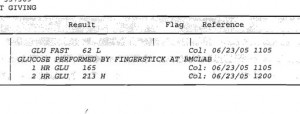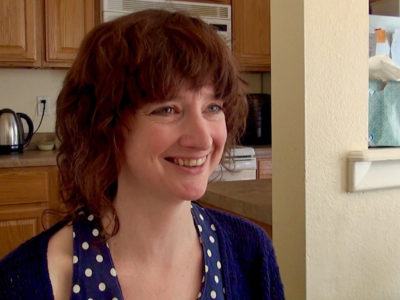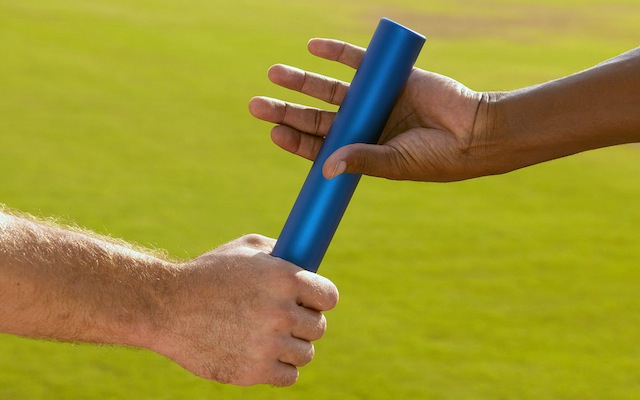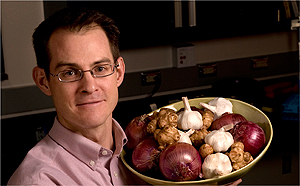GLUCOSE FASTING – 621-HOUR GLUCOSE – 1652-HOUR GLUCOSE – 213I failed the glucose tolerance test I took in June 2005. This alerted me that my body was in trouble.The purpose of a glucose tolerance test is to see how effectively your body tolerates a blast sugar. If your body doesn’t clear the excess sugar out of your blood quickly enough, you’re classified as a diabetic. Back then, I didn’t know much about the full range of tests that might give a comprehensive indication of what was going on. But at least I got the key “official” test. That’s what this is. It may not be the best test, or the most useful one. But at least, it is an official test. Here’s a larger example of how the lab test looked: |
GLUCOSE FASTING – 62
1-HOUR GLUCOSE – 165
2-HOUR GLUCOSE – 213
FASTING GLUCOSE means I didn’t eat anything for breakfast that morning, and I hadn’t eating anything past 7 PM the night before. I had drunk some water, but had no food . . . until the test began. Here’s how it happens. First, the lab did a finger prick with a glucometer. You might notice that my fasting blood sugar of 62 was marked as “Low.” Actually, if you’re insulin senstive, a blood sugar in the 60s can be normal, and in fact, healthy. I was feeling just fine, so I was not concerned about my sugars being 62. Neither was Ron Rosedale when I told him about this later. Neither was my endocrinologist, Christopher Fox, once I officially became one of his patients. So it’s puzzling to me that on a lab test, this kind of blood sugar gets marked as low. Go figure.
1-HOUR GLUCOSE was taken one hour after the sugar part of this tolerance test was underway. That means 1-hour after the lab had given me a cup of supersweet sugar water to chug on down. I think 75 mg of sugar is standard. Imagine a cup of cold, fizzy Sprite, only three times sweeter than normal. Yuck.
After you drink that sugar water, you’re supposed to take it easy and come back in an hour for your 1-hour blood sugar draw. That means a needle poke in the inside of your elbow, for a tube of blood. After 1-hour, my blood sugars had climbed over 100 points. That indicates “Prediabetes” though it was not yet considered “officially” too high.
The final tube of blood was taken at 2 hours, and the procedure was the same as before. It’s considered a normal result if the sugars are down below 140 by the end of 2 hours. It’s “impaired glucose tolerance” if it’s above 140 but below 200. Above 200 makes you officially diabetic. Though to be sure, you’re supposed to retry the test on another date, and see what happens. You have to fail two of these tests to be deemed a truly “real” diabetic. So, a few months later, I took a second test . . .







2 comments for “June 2005 Glucose Tolerance Test”